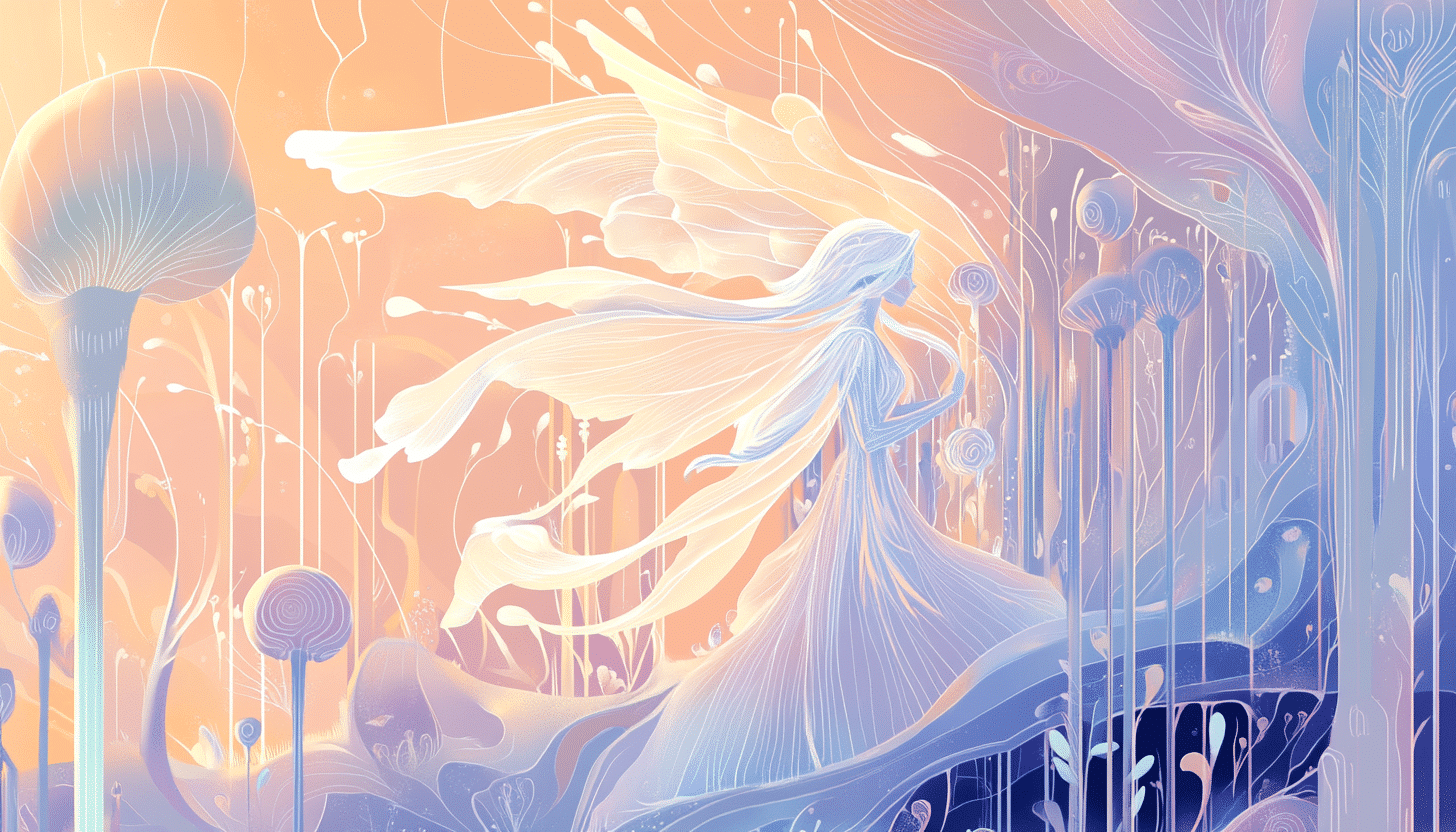What is Fairy Day?
Fairy Day is celebrated every year on June 24. It is a tribute to fairies and the sense of magic they bring to stories, nature and imagination. The day invites people to reconnect with wonder, creativity and the unseen world.
Fairies appear in many traditions as small, magical beings that live in forests, gardens or hidden places. On this day, people of all ages are encouraged to believe in a little magic and explore the world of fairytales and folklore.
The date matches the old Midsummer traditions, a time long linked with enchantment. Whether you build a fairy house, read a fairytale or wear wings, the goal is simple: bring a bit of magic into your day.
History and Origin
The origins of Fairy Day are not fully documented. It was first embraced by artists, authors and fairy lovers in the early 2000s, though the connection to Midsummer makes it older in spirit. June 24 is near the summer solstice, a time linked to nature and mystery in old European festivals.
The celebration has grown through online communities, books, art shows and garden centers. It’s a quiet, whimsical holiday that lives mostly through imagination, creativity and storytelling. Though not officially recognized, it has found a steady place on modern calendars.
Fairy Day has no rules. You don’t need permission to take part. You only need to believe that a bit of wonder still belongs in the world.
Who participates in Fairy Day?
- Families and children: Enjoy fairy tales, crafts and dress-up
- Writers and artists: Share or create fairy-inspired works
- Gardeners: Build fairy gardens or decorate outdoor spaces
- Folklore fans: Explore the cultural stories behind fairy beliefs
- Event planners: Organize small festivals or themed gatherings
Slogans and Themes
Fairy Day promotes themes of imagination, joy and gentle magic. Common slogans include “Believe in magic,” “Whimsy lives here,” and “Open your heart to wonder.” The day is light and joyful, not serious or formal. It invites people to play, dream and connect with nature and creativity.
Colors, Symbols and Patterns
Colors
- Soft green: Linked to forests, plants and fairy woods
- Pastel pink and blue: Reflect lightness and fantasy
- Gold and silver: Suggest sparkle, stars and fairy dust
Symbols
- Wings: Represent flight, freedom and imagination
- Wands: Stand for transformation and playful magic
- Toadstools: Common in stories where fairies meet or hide
Patterns
- Floral prints: Refer to nature and garden magic
- Star shapes: Add a magical and dreamy feeling
- Lace and curls: Suggest lightness and ornate detail
Most used hashtags
- #fairyday
- #believeinmagic
- #fairygarden
- #fairyfolk
- #midsummermagic
How do you celebrate Fairy Day?
- Make a fairy garden: Use stones, flowers and small items to build a miniature world
- Read a fairytale: Choose a story about fairies or magical forests
- Wear wings: Add a costume or accessory to join in the fun
- Host a small party: Share fairy snacks, music and decorations with friends
- Draw or write: Create your own fairy tale or sketch a magical scene
Why is Fairy Day important?
Fairy Day is important because it keeps imagination alive. It gives space for play, storytelling and wonder in a fast world. By pausing to celebrate fairies, we honor the parts of life that cannot be measured ; things like beauty, joy and creativity.
It also brings people closer to nature. Fairies are often tied to plants, animals and natural places. Making a fairy garden or walking in the woods on this day creates quiet moments that help us slow down and notice the world again.
Fairy Day is light-hearted, but it matters. It reminds us that life is not only about facts or tasks ; there is room for dreams too.
Features
June 24: Fairy Day
Why do you keep falling for the same type?
Read the article Lovemaps: the hidden blueprint of our love.

